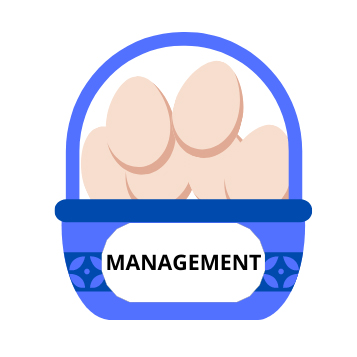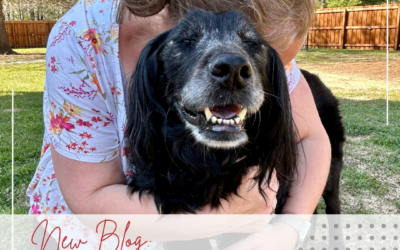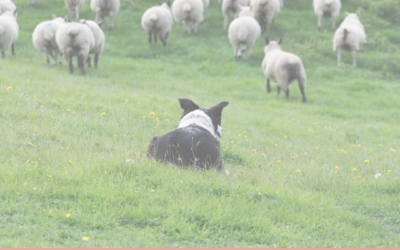Training often involves tackling the given problem from various approaches – training, management, exercise and enrichment – but the number one thing I always discuss with clients is management. Management prevents the problem from continuing to happen, and not only does this give the client (and the dog) immediate relief from the problem but it prevents the dog from rehearsing the problem behavior over and over, getting better and better at it. We’ve all heard the phrase “practice makes perfect” and that is just one of the many reasons management is so very important in training. Management is also important because sometimes, in some cases, management can be the solution without investing lots of time intensive training, which is important when clients time or other resources (including financial and emotional) are tapped out. I’m a trainer. I love training but am acutely aware that not everyone does and that non-trainers may not have the bandwidth for extensive training plans to modify behavior. There is no substitute for quality training and behavior modification but teaching clients proper management strategies and how and when to use management is important so they can put more eggs in the management basket, if they choose to.
On my intake registration form I ask clients what skills they would like their dog to be able to do. More often than not, people answer this question with negatives – “I want my dog to stop pulling. I want my dog to stop lunging and barking at other dogs. I want my dog to stop chewing on my stuff. I want my dog to stop doing XYZ.” What if that mindset was shifted to a positive instead? “I would like my dog to walk loosely on a leash. I would like my dog to walk past other dogs and check-in with me. I would like my dog to chew on appropriate chew items. I would like me do to do this approved behavior (XYZ).”
Moving our focus from negative or punishment mindset to positive/setting the dog up for success/making bad behaviors impossible for the dog to do, can be a game changer, not just for the outward behavior you see in your dog but for the relationship you have with your dog and the lens you see you dog with.
How we think about our dogs and the words we use to describe them, can make a difference in how we perceive them. I see it over and over. Clients who are empathetic towards their dogs have better relationships than the ones who frame the dog’s behavior as intentional – “aggressive,” “vicious,” “stubborn,” “jealous” or any other number of negative adjectives. Instead of focusing on punishing or stopping behavior we don’t like (which often is just normal dog behavior), can we find a way to prevent and manage that behavior from happening in the first place, helping to set the dog up for success? Controlling the environment we put the dog in, like when or where we walk the dog or using other environmental tools, like white noise machines, can give everyone immediate relief and improvement of the problem, without any actual formal training. So don’t overlook management as a critical part of training, whether it’s your entire solution or just part of the solution until you get actual training on board.
I’ll be releasing another free resource later this week so be sure to check back here and check social media for it tomorrow!
If you and your dog need help, please schedule a consult!
![]()





